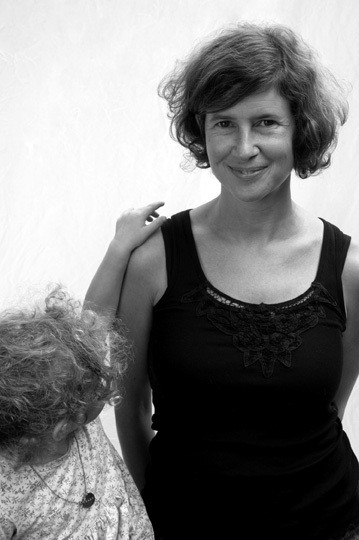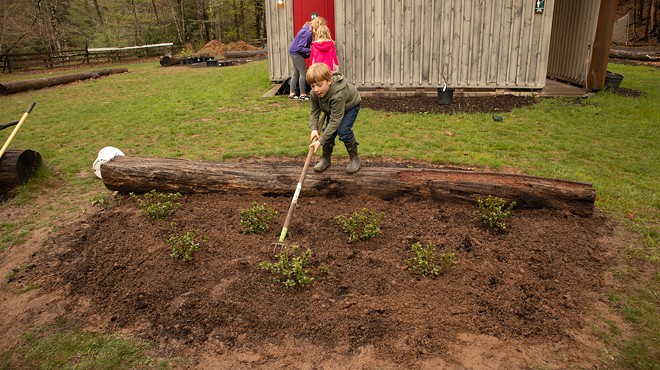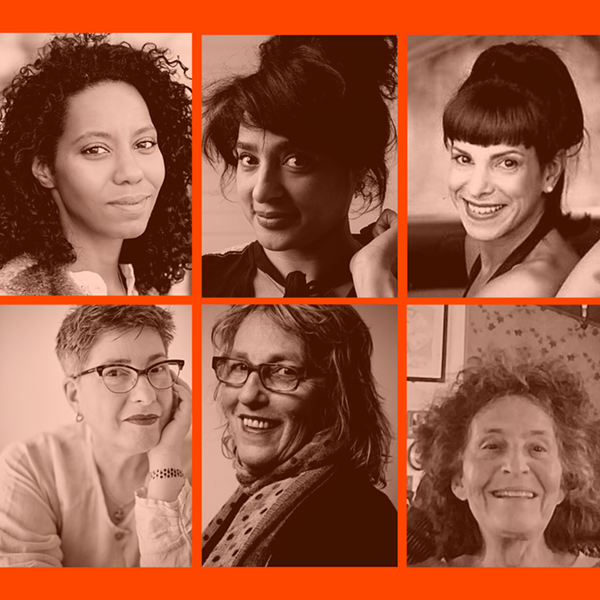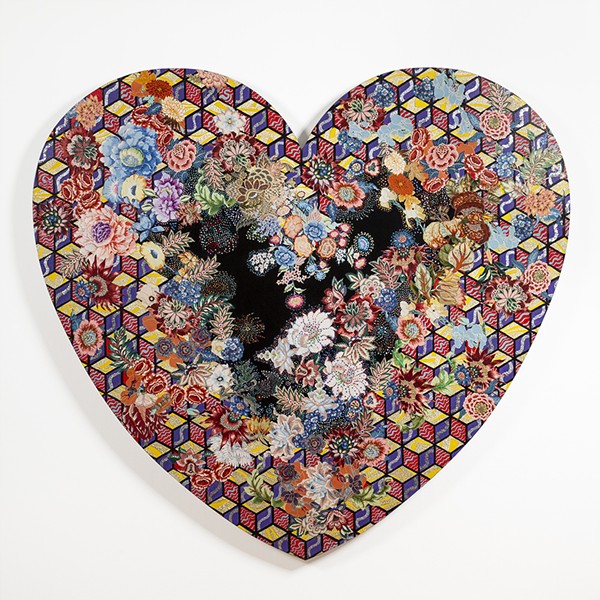and weeds spring up amid our antipathy.
— Dogen Zenji, Genjokoan
We’ve been talking a lot at the monastery about being a woman. Specifically, a woman practicing in a tradition that, though at its heart is simply a description of reality and a path toward realizing that reality—thus gender neutral—is still mired in the same human-being BS we encounter everywhere else. Ultimately, only we can awaken our way-seeking mind, but it really helps to be able to walk through the door of a training or retreat center and feel like we belong there. Which can take a lot more privilege and gumption than some of us may think.
And so it makes sense that we would look to our tradition as an “it,” something that has a stance and force of its own, which it does, of course, and wonder what kind of messages it has been transmitting about women, alongside, even intertwined within, the dharma teachings, which point to nothing if not our innate and all-pervading perfection. We can easily feel hurt by the fact that the Buddha, himself, had to be asked several times before he would allow women into the monastic order, and when they finally were, they had to follow a bunch of extra rules, which included making the most experienced nun bow to an eight-year-old monk. No surprises there. Women’s bodies have been reviled in every spiritual tradition on earth, and Buddhism is no exception. There are stories of the early and not so early female ancestors who destroyed their beauty in order to be accepted into the sangha, or girls, mad with a desire to practice, who posed as boys. I, myself, being a woman and a mom amidst thousands of years of male practice, felt ridiculous when asked to “lead the sangha” during the last three months. I appreciated my teachers’ contemporary take on the matter, and willingness to go out on a limb, allowing a mother’s life and commitments to take shape in the training hall. But as I sat there in front of the zendo, I indeed felt the strength of a tradition that would have sent a mom like me right back to the rice shed, if she was lucky, or, more likely, back home to her own kitchen. By serving the monks, hopefully I could have gathered enough merit to be reborn as a man. That is the way my female Buddhist ancestors were treated; that is what they lived with.
And yet, there I sat, in front of the zendo, becoming more and more intimate with the one—the only one as far as I can tell—who wanted to send me right back to a ranch house in Michigan, where I, just a girl with nothing to offer, belonged. While it is true that our tradition has some more updating to do— for instance, some images of women throughout our collective altars would be nice—the fact is that, for me, this practice has healed so much of what feminism and other forms of identity politics couldn’t. And believe me, “it” tried.
As I have written here before, I grew up in a highly “gendered” environment, shall we say. I am the youngest of three, the only girl, and for whatever reason my brothers never got the memo about how older brothers are supposed to protect their little sister. And my parents, ditto, about the one on protecting their daughter. So my version of life on Ketchum Road is one where my identity was very much shaped by the fact that I was a girl, unable to defend myself against (real and perceived) powerful male forces. As a result, I devoted myself, from puberty on, to reacting to those forces in some unfortunate, and some dangerous, ways.
Once I got to college—in and of itself, one of many miracles—I discovered intellectual life, feminism in particular, and the intoxicating feeling of being right. While I gained a certain kind of confidence by embodying the shaved-head 80’s feminist stance of F*** you, I’m a victim and it’s your fault—in the end, that particular experiment was a miserable failure. I was just as confused about who I was, and made some serious karmic messes that I am still in the process of cleaning up.
So when I discovered practice—another miracle!—I knew immediately that this was the medicine for my disease, for my broken heart, my craving mind. It’s not that social and cultural forces don’t matter. Clearly, it is our conditioning that creates so much of our suffering in the first place. And hopefully, it is our practice that will hold and support us as we heal the world’s sad and desperate conditions—the suffering we know, and the suffering we can only imagine.
Above my desk is a picture of my dad’s mom, Beryl Marie Saltman Sill. In this picture, she is 17 years old, dark hair finger-waved, wearing a soft black dress with an open collar, and a string of pearls around her neck. Her face is open, her eyes are deep-set, and I wonder if I can see a sadness there, already. Her wide nose sits so perfectly upon her round face, though I know that it makes obvious something she wishes could remain a secret. Her mouth is slightly open. As I look at this photograph, I see myself. As I watch myself age, I see Grandma Beryl.
By the time Beryl died, she had lost much. First her stillborn twins, born between my dad and his younger brother, Mike. Then her husband, who died when my dad was 16. Then her peace of mind, slowly, resulting in many visits to psych wards, electroshock therapy, medication cocktails. Then another husband, Erv. More sanity. Her looks, of course, were in slow decline, always. And then her intelligence, which family lore insists had earned her a place in Mensa, the high-IQ society, as all the medication and so-called manic depression took its toll on her and she ended up in glorified nursing homes. Then she lost the glory of that and wound up just another needy old bird. Then her eldest son, my father, died when she was 85. And by then there was very little of Beryl Marie Saltman Sill left. And then that went, too. But that was, of course, our loss, not hers.
What remains is a bag of jewelry, and a necklace from the bottom of the bag that I wear all the time. A gold lion pendant that Grandma wore every day, no matter what her outfit or other accessories.
What remains is her great-granddaughter who knows her through the jewelry that she wore and the way I loved her.
What remains is the karma of a woman who was sad and wild, but who carved out a space for someone like me to be brave enough to do something like this, to look beyond any altar, any tradition, beyond my desk and the pictures on it, and see the inconceivable life of those who came before me.

















